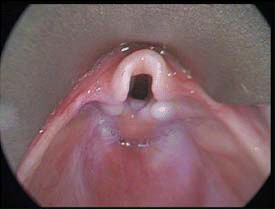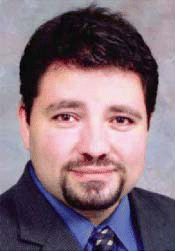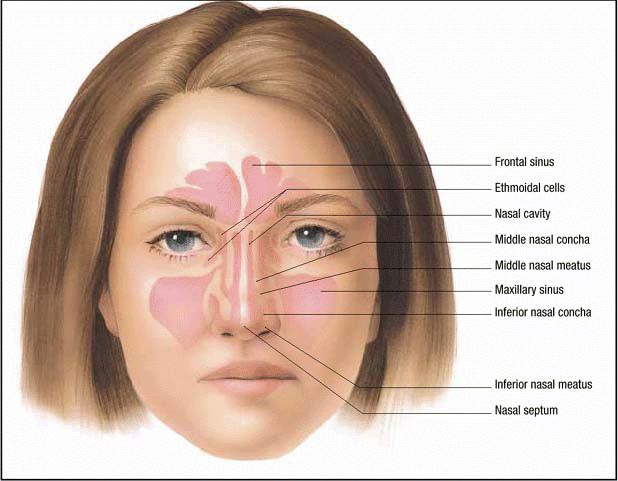In a review of the literature published in The Cochrane Library, two Israeli authors conclude that the use of topical corticosteroid nasal sprays-either alone or in combination with antibiotic therapy-shows an advantage over placebo in the treatment of the symptoms of acute rhinosinusitis.








